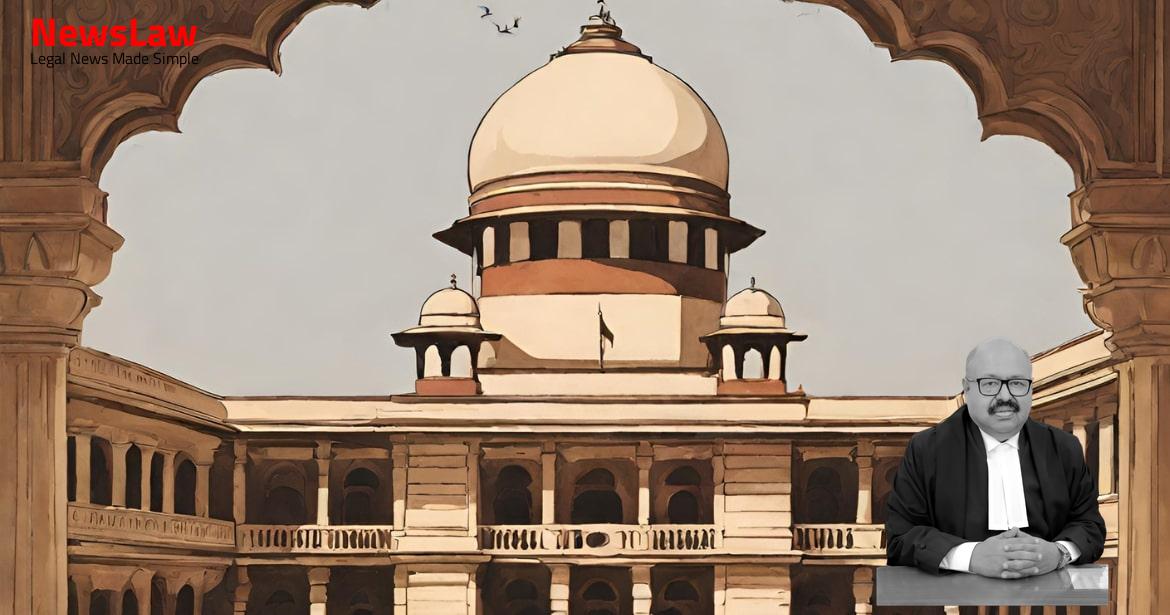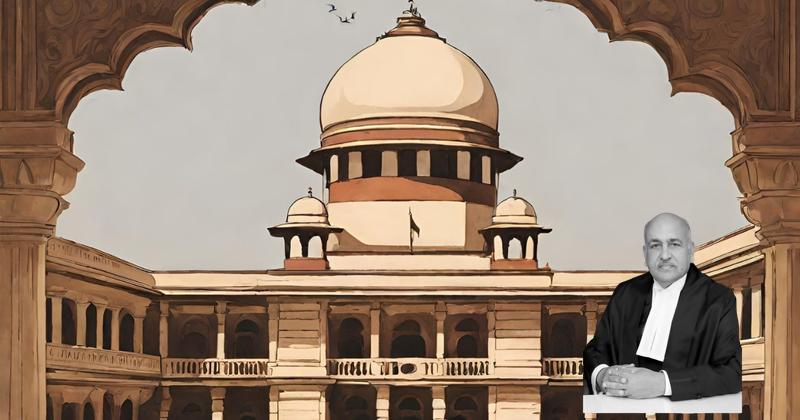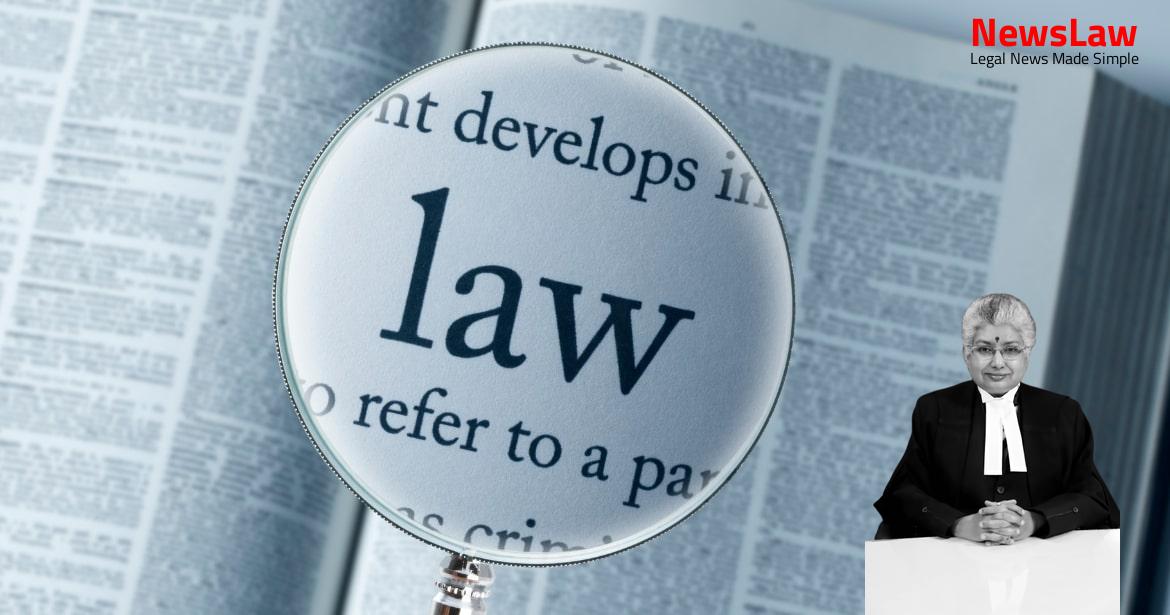Exploring the complexities of applying probation under the Juvenile Justice Act for young offenders raises important legal considerations. This summary focuses on the court’s detailed analysis of the Act’s provisions and the factors influencing the decision to grant probation. The case sheds light on how courts interpret and implement laws to promote rehabilitation and reformation, especially for offenders under the age of 21. Understanding the legal nuances in such cases is vital for ensuring just outcomes in the criminal justice system.
Facts
- The incident occurred on 14.02.2003 when the appellants, along with a co-accused, approached the complainant to hire a taxi.
- The appellants inflicted injuries on the complainant using a dagger and a knife during the incident.
- An FIR was registered on 15.02.2003 under relevant sections of the IPC.
- The trial court framed charges under Section 397 IPC based on the recovery of a knife and dagger along with the taxi.
- The appellants were young, aged 20 and 19 at the time of the incident.
- A compromise deed was reached between the complainant and the appellants, expressing no objection to release on bail or acquittal.
- The appellants have already served about 50% of their sentence.
- The appeal by the appellants was dismissed by the impugned judgment dated 24.10.2019, leading them to approach the Court through a special leave petition.
- The appellants were convicted by the trial Court on 8.1.2005.
- They were sentenced to undergo Rigorous Imprisonment of 7 years each.
Also Read: Supreme Court Judgment on Single Till Mechanism for HRAB Calculation: A Comprehensive Analysis
Arguments
- Learned counsel for the appellants seeks benefit under the relevant Act due to their age at the time of the offence.
- State respondent no.1 relies on the judgment of State of Madhya Pradesh v. Vikram Das, asserting that courts cannot impose a sentence less than the statutory minimum.
- State respondent no.1 argues for the continued detention of the appellants to finish serving the remaining sentence.
Analysis
- Appellants are below 21 years of age at the time of the offense
- Section 18 of the Act does not cover offenses with mandatory minimum sentences, indicating the Act may apply to such offenses
- Section 6 of the Act is discretionary, while Section 6 mandates that persons below 21 should not be imprisoned without sufficient reasons
- Factors for granting benefit under Section 6 include the nature of the offense, character of the offender, and surrounding circumstances as per probation officer’s report
- The Act aims to provide the benefit of release on probation instead of imprisonment
- Court should consider probation officer’s report before making orders under the Act
- Benefit of probation under the Act is not excluded by mandatory minimum sentences in other laws
- Appellants under 21 at the time of the offense do not benefit from Section 6 as it applies to those under 21 at the time of conviction
- Section 4 allows courts to release individuals on bond instead of sentencing for 3 years to promote reformation and rehabilitation
- Section 3 of the Act allows for the release of offenders after admonition for certain specified offences.
- Section 4 provides for the release of offenders on probation of good conduct for offences not punishable with death or life imprisonment.
- Section 6 lays down restrictions on imprisoning offenders under twenty-one years of age for offences not punishable with life imprisonment.
- The court must consider the nature of the offence and the character of the offender before deciding on the appropriate action under these sections.
- The court must record reasons if it decides to sentence an offender under twenty-one years of age to imprisonment for a non-life imprisonment punishable offence.
- Courts must call for a report from the probation officer and consider it along with other relevant information when deciding to apply Section 3 or Section 4 of the Act to an offender.
- The Act is to be interpreted liberally in favor of young offenders under 21 years, for their reformative benefit.
- The Act’s provisions have precedence over other laws, as seen in Section 4’s non-obstante clause.
- Exceptions are made for certain specific laws, such as the Prevention of Corruption Act, but the overall aim is to prevent young persons from being jailed with hardened criminals.
- Special legislation with mandatory minimum sentences enacted after the Act may not allow for the benefits of the Act to apply.
- Appellants were under 19 & 21 years at the time of offense, but not at the time of sentencing.
- No adverse reports on their conduct in jail, showing positive behavior.
- The victim appears to have forgiven them, suggesting a possible redemption.
- Probation can be granted under Section 4 of the Juvenile Justice Act after serving half the sentence.
- Appellants have not completed the minimum 7-year sentence but have served around half the duration.
- Citing the case of Joginder Singh vs. State of Punjab to support the context.
Also Read: Selection and Appointment of Judicial Officers in Himachal Pradesh
Decision
- Appellants are released on probation of good conduct under Section 4 of the Act.
- Completion of half the sentence is required for probation.
- Appellants must enter into a bond with two sureties each.
- The bond ensures maintenance of peace and good behavior for the remaining sentence.
- Failure to maintain peace and good behavior may result in serving the remaining part of the sentence.
- Parties are responsible for their own costs.
Case Title: LAKHVIR SINGH ETC. Vs. THE STATE OF PUNJAB (2021 INSC 30)
Case Number: Crl.A. No.-000047-000048 / 2021



